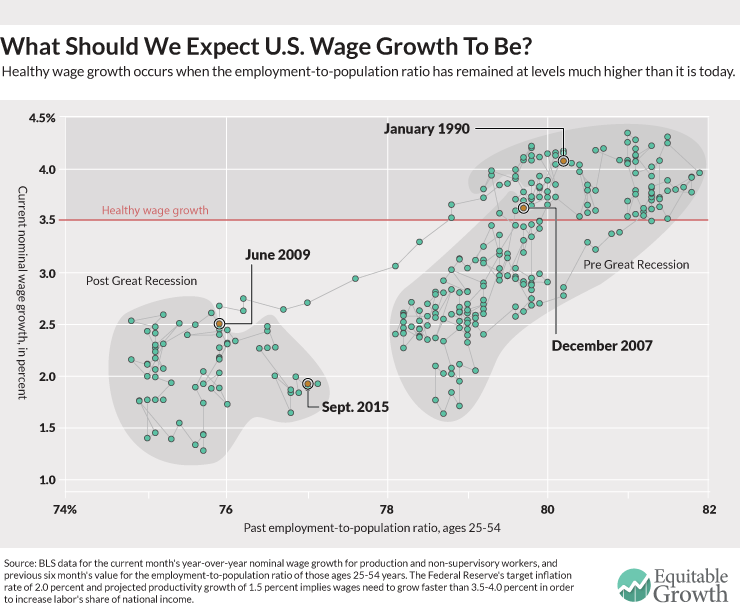Note the parallels to the Canadian market. Resource driven economy, same debt to income ratios.
Jonathan Tepper (the expert on the 60 minutes piece who called the Irish, Spanish, and USA property bubbles) described the Canadian market in 2013 as one of "biggest housing bubbles in the world".
See also here and here
Don't act like I never told ya.

 RSS Feed
RSS Feed
